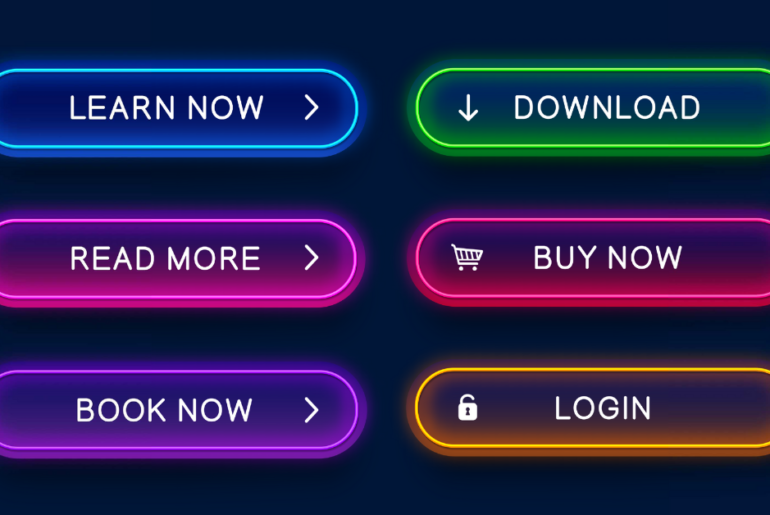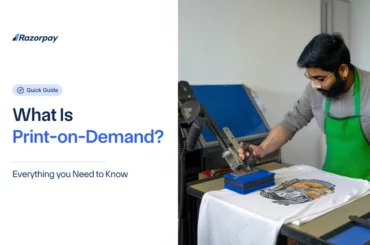Not so long ago, brands used to invest majorly in advertising and promotional events to market their products and services. But now, with the advent and growth of social media and search engines, the game has changed entirely.
What has come into existence, or in other words, changed, is digital marketing. Earlier, traditional marketing methods were used to promote content. But now, as we grow more and more familiar with algorithms and technology with each passing day, businesses depend on Search Engine Optimization.
Put plainly, SEO is the practice of increasing your website visibility on search engine results. It doesn’t matter if you are a big or small business. You would want visitors to locate your website, go through it, and become your clients and customers.
Suggested read: E-commerce SEO
While most individuals or businesses focus on keyword integration as the ultimate SEO tool, they fail to understand the importance of Call to Action (CTA).
What is Call-to-action?
In simple words, it is a series of text or images that aim to make viewers do what you want them to. In other words, it intends to promote action on the part of readers. Other than that, CTA can also feature a statement with a hidden link to a website or a channel.
Why are CTA’s important?
The main intention is to drive traffic to a website or a webpage. When readers click the link provided in the prompt, they reach your website. It not only increases your views, which is important from an SEO viewpoint but also brings potential customers to your webpage.
For instance, if you are an e-commerce business selling beauty products and have recently launched a nail paint collection, you want your readers or viewers to go through your website to buy the product.
For its promotion, you would put a relevant post on social media to market the product and add a prompt that says, “Shop our new collection here”. The link in the button would drive your viewer to your website, and they might shop from there. In a nutshell, your visitors can become your potential clients, and a CTA will help you generate leads.
Likewise, they are also used to encourage visitors to take certain actions, which might not direct them to another website, but prompt them to do something that might generate sales indirectly.
How to draft the perfect CTA?
It depends on what action you want your visitors to take. If you want your customers to visit your website, know more about your product, dial a specific number, sign up, fill out a form, or mail an email address, the CTA for different actions will be different. It can either be a button, a set of two words (like Click Here), or a couple of sentences. Nevertheless, the purpose would be the same.
-
It must direct the viewer on what to do
Most businesses use it as an off-site SEO technique to attract traffic to their website. But there are other on-page prompts that tempt visitors to do something else. Such prompts must be clear and direct. They should tell the viewers what to do without confusing them with complex jargon or long paragraphs. There are usually in the form of buttons, such as these:
- Sign up on the website
- Message or contact the website
- Watch a video
- Sign up for newsletters
- Share the product/website on social media
- Book a service
- Download an app on the Play store/App store
These are just some of the most widely used redirections. There are more, but sadly the day is not long enough for the list to go on. However, the point remains the same, CTAs can vary according to your website’s purpose.
-
It should be short, simple, and concise.
Prompts might not always be buttons or images. They can also be short paragraphs or statements to direct readers to a website or do something specific. Nonetheless, a perfect CTA should always be simple, easy to read, and concise.
-
It should encourage swift action
If we consider an example of a clothing brand, the perfect prompt would be an offering of discounts for a certain time period only. This helps in adding an effect of urgency and encourages the viewers to be quick to grab a deal before it expires. For added benefits, feel free to add a timer to the CTA.
-
Feel free to add value
You might want the viewer to click on the redirection, but why would they unless it provides them with some benefit? Thus, a perfect CTA should always provide value to a visitor. Let’s consider the example of a fitness website.
The CTA on the webpage can highlight that they are offering a trial service for free, and all you have to do is click the prompt to avail of the offer. Since this brings out a FOMO feeling, the viewers/users will most likely check out the offer.
-
Make the readers curious and interested to attract their attention.
Once again, CTA works like marketing. A good CTA makes your viewers click it. In other words, it has to be convincing and interesting. Let’s consider the example of a supplement business.
The brand can encourage its viewers/users to get a free consultation with a dietician before trying out their product through the button. It’s a great marketing tactic, given that the consumer would always trust the words of a certified doctor rather than a random heading on a banner. In this case, viewers would gladly click on the CTA because it offers them value, solving their problems.




![GST State Code List & Jurisdiction 2025 [Updated List] GST State Codes](https://d6xcmfyh68wv8.cloudfront.net/learn-content/uploads/2024/02/GST-State-Codes-370x245.webp)
